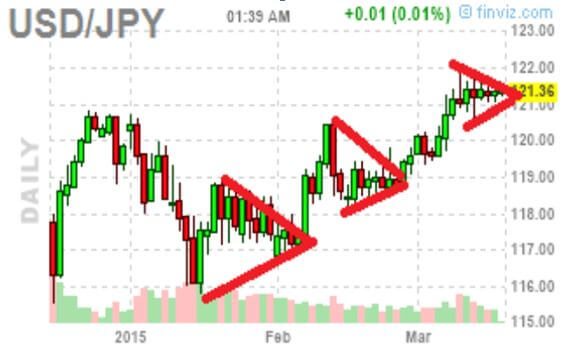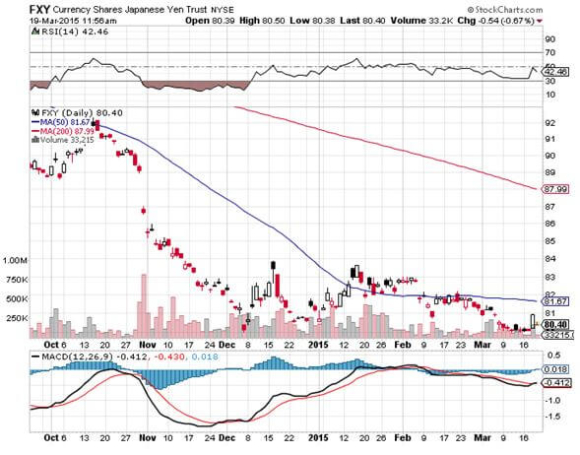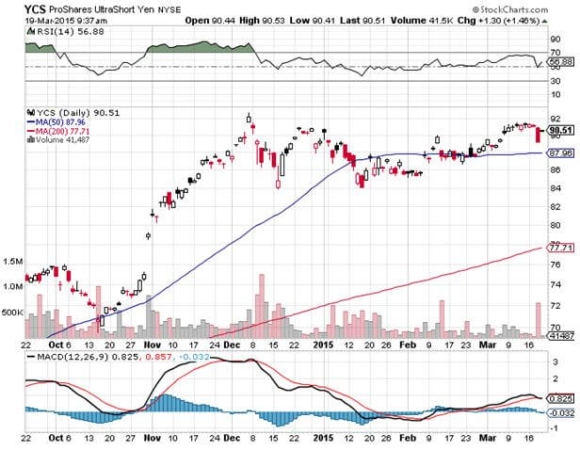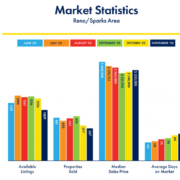The only reservation I have about doing this trade right now is that the Japanese fiscal year ends on March 31. As we all know, book closings can generate some pretty weird gyrations in the market place as both companies and government window dress in the extreme.
However, once we are in the new fiscal year, I expect the yen to resume its downtrend, and the Nikkei its uptrend.
I think that the action in the foreign currency markets is about to shift from the Euro, which is now oversold in the extreme, to the Japanese yen, which has recently been sleepy.
?Oh, how I despise the yen, let me count the ways.?
I?m sure Shakespeare would have come up with a line of iambic pentameter similar to this if he were a foreign exchange trader. I firmly believe that a short position in the yen should be at the core of any hedged portfolio for the next decade.
To remind you why you hate the currency of the land of the rising sun, I?ll refresh your memory with this short list:
1) With the world?s structurally weakest major economy, Japan is certain to be the last country to raise interest rates. Interest rate differentials between countries are the single greatest driver of foreign exchange rates. That means the yen is taking the downtown express.
2) This is inciting big hedge funds to borrow yen and sell it to finance longs in every other corner of the financial markets. So ?RISK ON? means more yen selling, a lot.
3) Japan has the world?s worst demographic outlook that assures its problems will only get worse. They?re just not making enough Japanese any more. Countries that are not minting new consumers in large numbers tend to have poor economies and weak currencies.
4) The sovereign debt crisis in Europe is prompting investors to scan the horizon for the next troubled country. With gross debt well over a nosebleed 260% of GDP, or 130% when you net out inter agency crossholdings, Japan is at the top of the list.
5) The Japanese ten-year bond market, with a yield of only 0.33%, is a disaster waiting to happen. It makes US Treasury bonds look generous by comparison at 1.93%. No yield support here whatsoever.
6) You have two willing co-conspirators in this trade, the Ministry of Finance and the Bank of Japan, who will move Mount Fuji if they must to get the yen down and bail out the country?s beleaguered exporters and revive the economy.
When the big turn inevitably comes, we?re going to ?125, then ?130, then ?150. That works out to a price of $150 for the (YCS), which last traded at $90.50. But it might take a few years to get there.
If you think this is extreme, let me remind you that when I first went to Japan in the early seventies, the yen was trading at ?305, and had just been revalued from the Peace Treaty Dodge line rate of ?360.
To me the ?120.78 I see on my screen today is unbelievably expensive.











